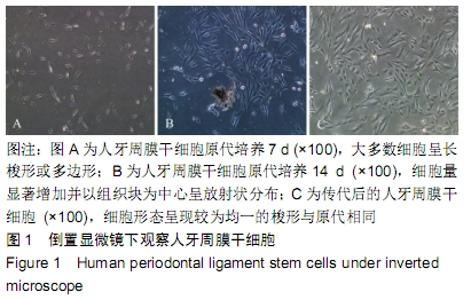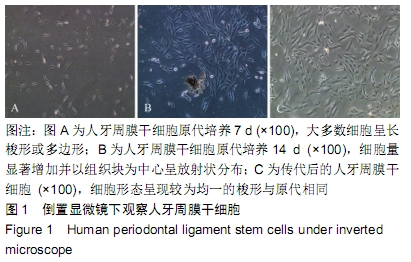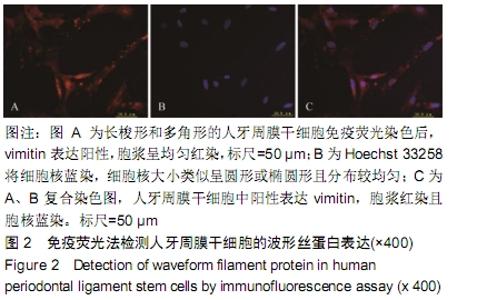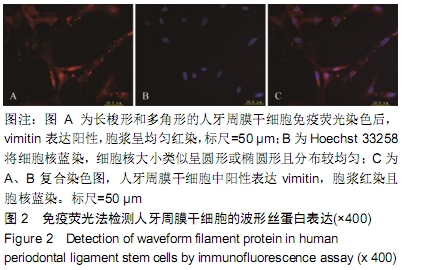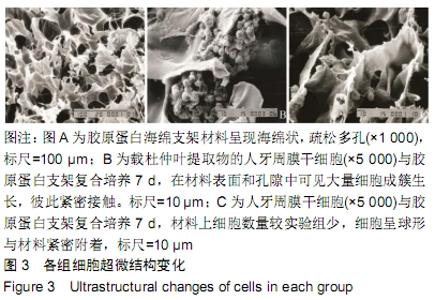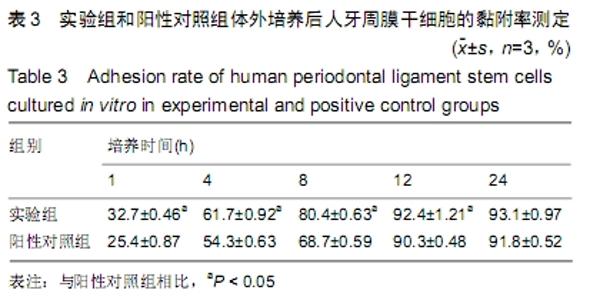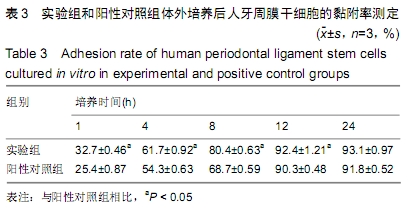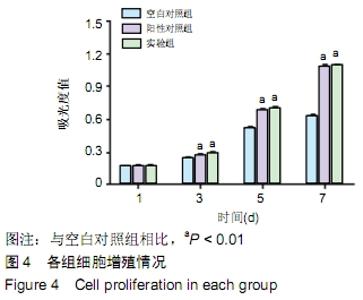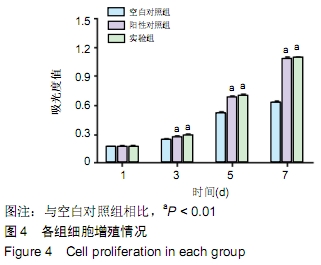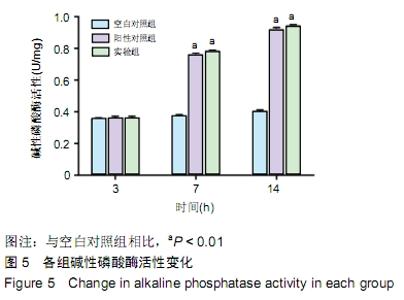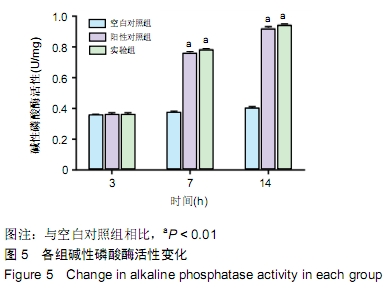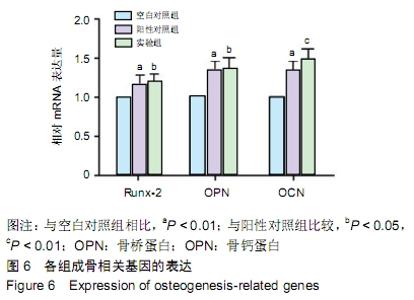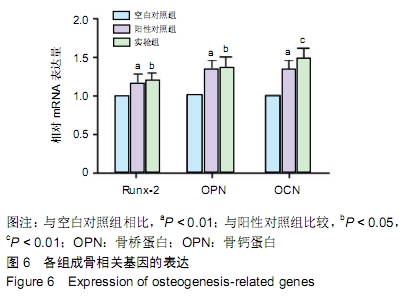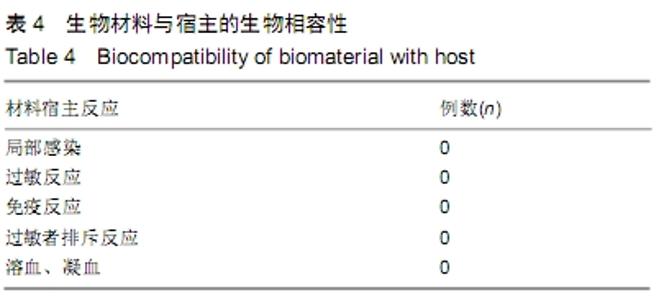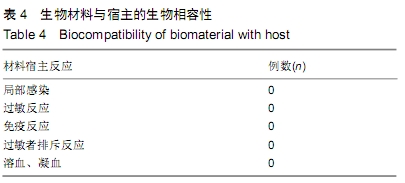[1] CHEN FM, ZHANG J, ZHANG M, et al. A review on endogenous regenerative technology in periodontal regenerative medicine. Biomaterials. 2010;31(31):7892-7927.
[2] MURPHY KC, FANG SY, LEACH JK. Human mesenchymal stem cell spheroids in fibrin hydrogels exhibit improved cell survival and potential for bone healing. Cell Tissue Res. 2014; 357(1):91-99.
[3] SEO BM, MIURA M, GRONTHOS S, et al. Investigation of multipotent postnatal stem cells from human periodontal ligament. Lancet. 2004;364(9429):149-155.
[4] YAN X, QIN H, QU C, et al. IPS cells reprogrammed from human mesenchymal-like stem/progenitor cells of dental tissue origin. Stem Cells Dev. 2010;19(4):469-480.
[5] PHERMTHAI T, SUKSOMPONG S, TIRAWANCHAI N, et al. Epigenetic analysis and suitability of amniotic fluid stem cells for research and therapeutic purposes. Stem Cells Dev. 2013; 22(9):1319-1328.
[6] 张良,程惠,冷明昊,等.甲酰基肽受体对神经干/祖细胞向类神经元分化的影响[J].中国组织工程研究,2018,22(1):107-112.
[7] 郝宇卉,李美宁,张凯丽,等.不同培养方法对小鼠脂肪干细胞成骨分化的影响[J].中国现代医学杂志,2019,29(3):8-14.
[8] REIMER J, SYEDAIN Z, HAYNIE B, et al. Implantation of a tissue-engineered tubular heart valve in growing lambs. Ann Biomed Eng. 2017;45(2):439-451.
[9] 徐亦辰,刘玲珑,赵文婧,等.骨髓间充质干细胞分化为心肌样细胞相关基因表达与形态结构发生的关联[J].中国组织工程研究,2017, 21(13):1974-1979.
[10] LIU JL,SONG SJ. Collagen peptides in serum promote the proliferation and differentiation of osteoblasts. Chin J Osteoporos.2018;24(6):750-754.
[11] 曾建春,樊粤光,刘建仁,等.杜仲含药血清诱导骨髓间充质干细胞定向分化蛋白质组学研究[J].时珍国医国药,2010,21(2): 274-277.
[12] 徐祥赫,刘钊,王虹,等.杜仲对MC3T3-E1成骨细胞及OPG/ RANKL比值的影响[J].天津医科大学学报,2013,19(3): 203-205.
[13] LANSMAN JB, HALLAM TJ, RINK TJ. Single stretch- activated ion channels in vascular endothelial cells as mechanotransducers.Nature.1987;325(6107):811-813.
[14] BALOUL SS. Osteoclastogenesis and osteogenesis during tooth movement. Front Oral Biol. 2016;18(1):75-79.
[15] MOBIN S, AYOUB A. Bone tissue engineering in the maxillofacial region: the state-of-the-art practice and futureprospects. Regen Reconstr Restorat. 2016;1(1) :8-14.
[16] CHUENJITKUNTAWORN B, OSATHANON T, NOWWAROTE N, et al. The efficacy of polycaprolactone/hydroxyapatite scaffold in combination with mesenchymal stem cells for bone tissue engineering. J Biomed Mater Res A. 2016;104(1): 264-271.
[17] 刘琼,文军,吴小明,等.体外培养乳牙牙髓干细胞向血管内皮细胞定向分化的实验研究[J].中国现代医学杂志,2019,29(1):29-34.
[18] PARIROKH M, TORABINEJAD M, DUMMER PMH. Mineral trioxide aggregate and other bioactive endodontic cements: an updated overview-part II: other clinical applications and complications. 2018;51(3):284-317.
[19] TSUMANUMA Y, IWATA T, WASHIO K, et al. Comparison of different tissue-derived stem cell sheets for periodontal regeneration in a canine 1-wall defect model. Biomaterials. 2011;32(25):5819-5825.
[20] WANG Q, YAO L, XU K, et al. Madecassoside inhibits estrogen deficiency-induced osteoporosis by suppressing RANKL-induced osteoclastogenesis. J Cell Mol Med. 2019; 23(1):380-394.
[21] HOSOKAWA Y, HOSOKAWA I, SHINDO S, et al. IL-4 modulates CCL11 and CCL20 productions from IL-1β-stimulated human periodontal ligament cells. Cell Physiol Biochem. 2016;38(1):153-159.
[22] PROVIN C, TAKANO K, SAKAI Y, et al. A method for the design of 3D scaffolds for high-density cell attachment and deter-mination of optimum perfusion culture conditions. J Biomech. 2008;41(7):1436-1449.
[23] HO CC, FANG HY, WANG B, et al. The effects of Biodentine/polycaprolactone three-dimensional -scaffold with odontogenesis properties on human dental pulp cells. Int Endod J. 2018;51(4):291-300.
[24] 帕尔哈提•阿布肚热合曼,木合塔尔•霍加,多力昆•吾甫尔,等.体外诱导聚氧乙烯-聚氧丙烯醚共聚物水凝胶内兔牙髓干细胞成骨向分化的研究[J].中华口腔医学杂志,2016,51(7):420-425.
[25] HOU Y, WANG X, YANG J, et al. Development and biocompatibility evaluation of biodegradable bacterial cellulose as a novel peripheral nerve scaffold. J Biomed Mater Res A. 2018;106(5):1288-1298.
[26] YILMAZ E, WATKINS SC, GOLD MS. Paclitaxel-induced increase in mitochondrial volume mediates dysregulation of intracellular Ca2+ in putative nociceptive glabrous skin neurons from the rat. Cell Calcium. 2017;62(1):16-28.
[27] VARGA M, SIXTA B, BEM R, et al. Application of gentamicin collagen sponge shoaened wound healing time after minor amputations in diabetic patients a prospective, randomised trial. Arch Med Sci. 2014;10(2):283-287.
[28] SHIRAKABE K, TERASAWA K, MIYAMA K, et al. Regulation of the activity of the transcription factor Runx2 by two homeobox proteins, Msx2 and Dlx5. Genes Cells. 2001;6(4): 851-856.
[29] LADDAWUN S, WEERACHAI S. Highly osteogenic PDL stem cell clones specifically express elevated levels of ICAM1, ITGB1 and TERT. Cytotechnology. 2012;64(5):53-63.
|
